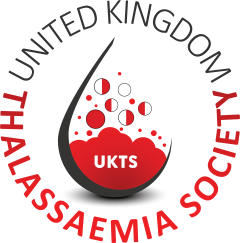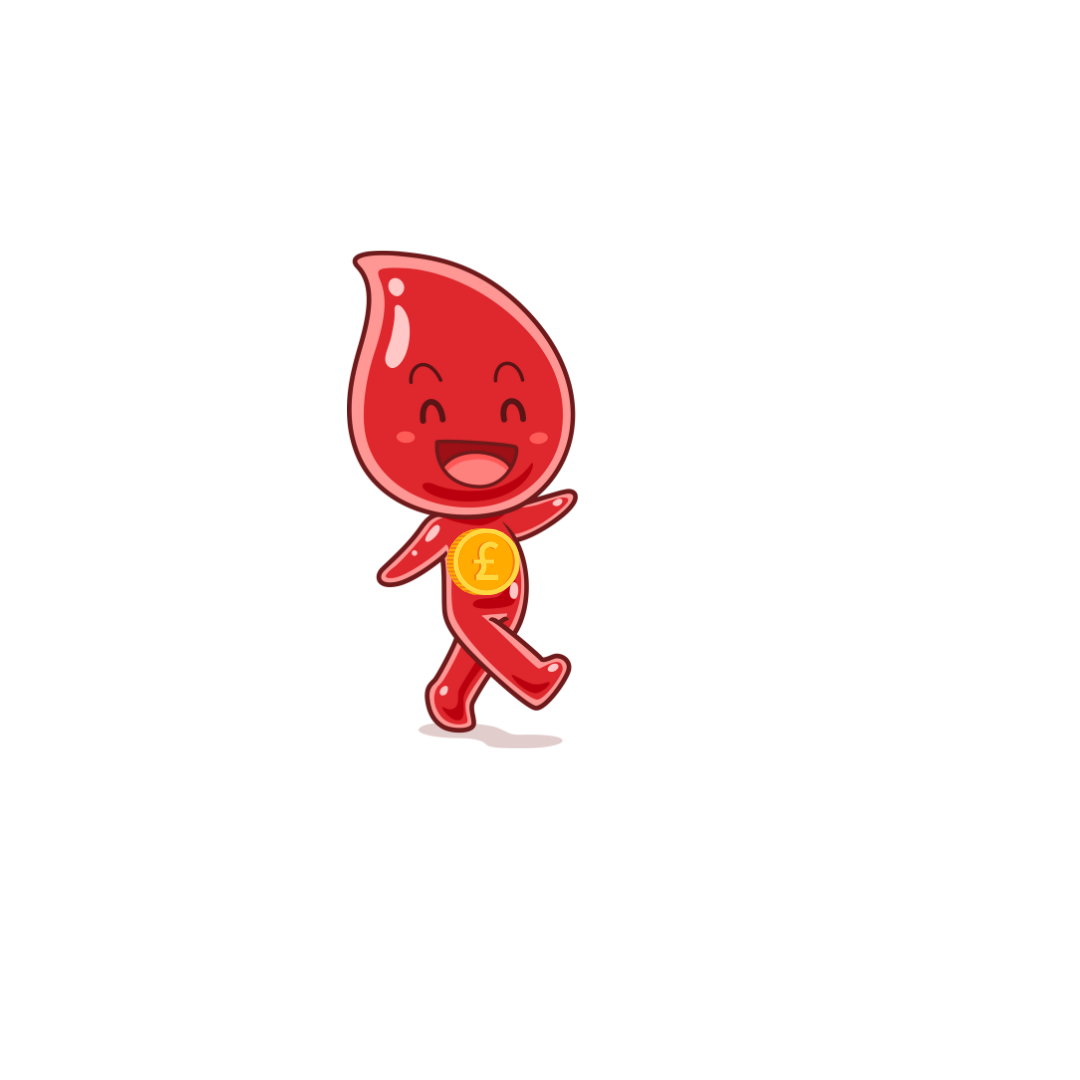About thalassaemia
Information
Thalassaemia forms part of the haemoglobinopathies, a group of genetic blood disorders affecting the production of haemoglobin, when the body makes less haemoglobin than normal.
Blood is a red fluid freely flowing in the body, it is essential for maintaining the health and life of the human body. Blood is a mixture of a liquid called plasma about 55% and solids 45% blood cells (red blood cells, white blood cells and platelets). Blood has various important functions such as, supplying oxygen to cells and tissues, providing essential nutrients to cells, such as glucose, removing waste materials, such as carbon dioxide, protecting the body from diseases and infections, regulating body temperature. Any abnormalities, disorders and diseases of the blood can damage the many functions that the blood performs. There are various blood disorders, such as blood clotting, blood cancers, sickle cell anaemia and thalassaemia.
People with thalassaemia produce either no or too little haemoglobin. Haemoglobin is an iron-rich protein in red blood cells. It carries oxygen to all parts of the body. Haemoglobin is made up of four subunits: two subunits of alpha-globin and two subunits of beta-globin. Alpha-globin is a component of both fetal haemoglobin, which is active only before birth and in the new-born period, and adult haemoglobin, which is active throughout the rest of life.
Thalassaemia is inherited from parents; it is not contagious, or a virus acquired from blood transfusions. It is passed on equally by men and women.



